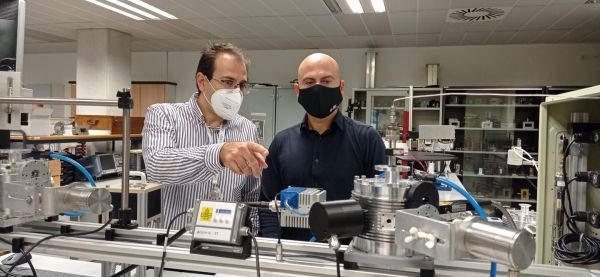A team of researchers from the Universitat Politècnica de València (UPV) and the Spanish National Research Council (CSIC) has discovered a new method that makes it possible to transform electricity into hydrogen or chemical products by solely using microwaves – without cables and without any type of contact with electrodes. This can represent a disruption in the field of energy research and a key development for the decarbonisation of process industry, as well as for the future of the automotive sector and the chemical industry, among many others. The study has been published in the latest edition of Nature Energy.
The technology developed and patented by the UPV and CSIC is based on the phenomenon of the microwave reduction of solid materials, in this study exemplified by the reduction of Cerium oxide. This method enables to carry out electrochemical processes directly without requiring electrodes, which simplifies and significantly reduce capital costs, as it provides more freedom in the design of the structure of the device and choosing the operation conditions, mainly the electrolysis temperature.
“It is a technology with great practical potential, especially for its use in energy storage and production of synthetic fuels and green chemicals. This aspect has significant importance nowadays, as both transportation and industry are immersed in a transition towards decarbonisation and electrification, meaning they have to meet very challenging targets in 2030 and 2040 in order to decrease the consumption of energy and substances from fossil sources, mainly natural gas and oil,” highlights Prof. José Manuel Serra, researcher from the Chemical Technology Institute (ITQ).
Read more at Universitat Politècnica de València
Image: José Mª Serra and José Manuel Català (Credit: UPV)


